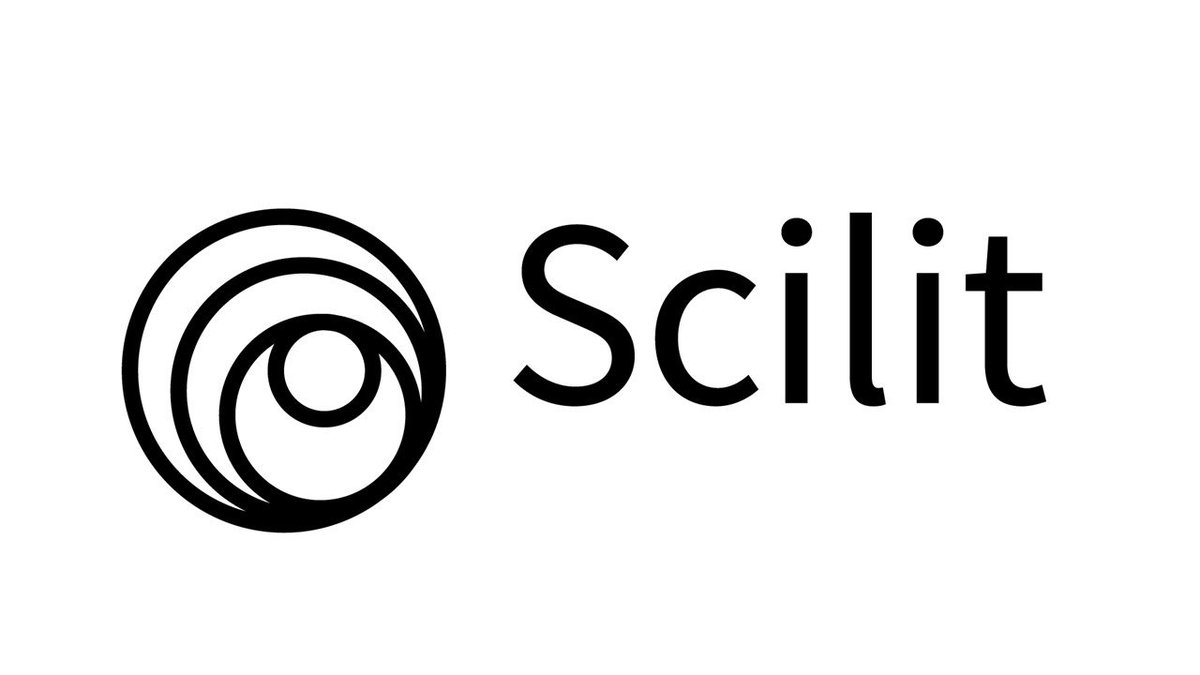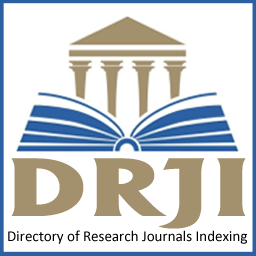Effect Of Flexible Working Arrangement, Work-Life Balance, And Job Satisfaction on Employee Performance in Bureau of Organization and Governance
DOI:
https://doi.org/10.5281/zenodo.7590811Keywords:
Flexible Working Arrangement, Work-life Balance, Job Satisfaction, Employee Performance.Abstract
This study aims to determine and analyse the effect of flexible working arrangement, work-life balance, and job satisfaction on the performance of employee of Bureau of Organization and Governance. The population of this study were all employees at the staff level of Bureau of Organization and Governance. The independent variables in this study are Flexible Working Arrangement, Work-life Balance, and Job Satisfaction, while the dependent variable in this study is Employee Performance. The research method used is a quantitative research method with a hypothesis testing approach. The sample method used is a saturated sample with a total of 55 employees. Sources of data obtained from the results of the questionnaire and the analysis technique used is multiple linear regression analysis with the help of SPSS version 26 statistical program. The results of the study indicate that: (i) Flexible Working Arrangement has a positive and significant effect on Employee Performance of Bureau of Organization and Governance; (ii) Work-life Balance has a positive and significant effect on Employee Performance of Bureau of Organization and Governance; (iii) Job Satisfaction has no effect on Employee Performance of Bureau of Organization and Governance.
Downloads
Published
How to Cite
Issue
Section
License

This work is licensed under a Creative Commons Attribution-NonCommercial-NoDerivatives 4.0 International License.





























